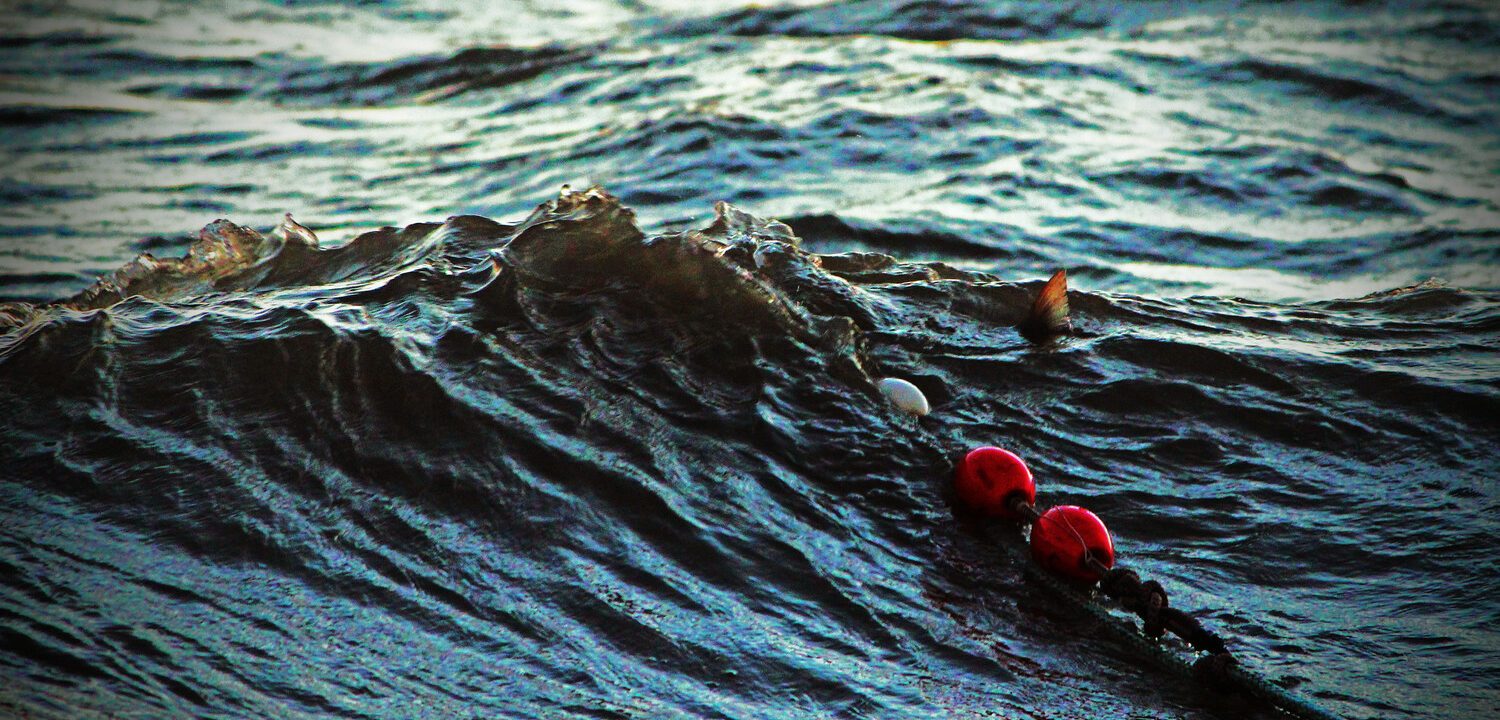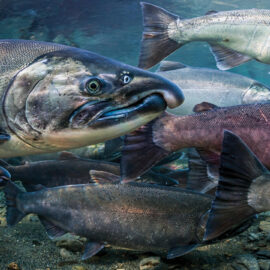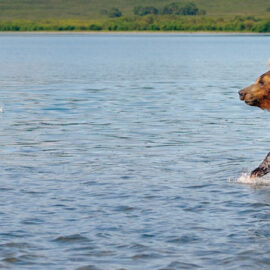Salmon spend much of their lives in international waters but Indigenous Communities have little say in how they are managed there.
Salmon have been an important food source and cultural icon in North Pacific Indigenous Communities for over 10,000 years. But these communities have little say in how salmon are managed in the “high seas” – those areas beyond national jurisdiction, where salmon spend years of their adult lives.
Indigenous communities around the world rely on salmon and other culturally, economically, and nutritionally important migratory species, from sea turtles to marine birds. And the annual return of those species depends on sound high seas management – from fisheries bycatch regulations to hatchery fish management — that takes into account local perspectives.
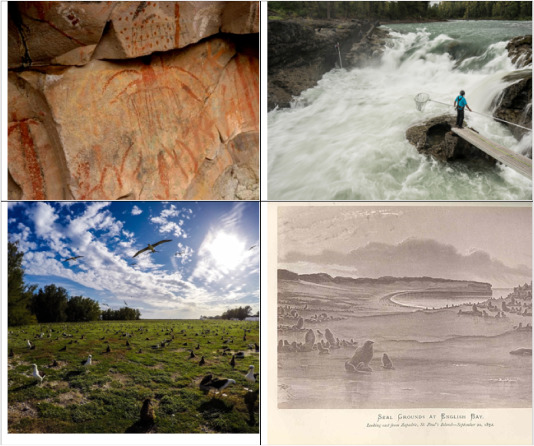
A new United Nations treaty on the high seas offers the opportunity to change that management picture. And a new paper in Marine Policy by WSC Science Director Matthew Sloat and a distinguished list of co-authors urges new reforms.
International bodies, including the UN’s climate panel, the Arctic Council, and a federation of Pacific Island nations overseeing ocean management, have all included Indigenous Communities and traditional knowledge into governance.
A more inclusive approach that gives these communities a seat at the table will allow a more thoughtful high seas management and more secure returns for salmon and other migratory species for these and other local communities.
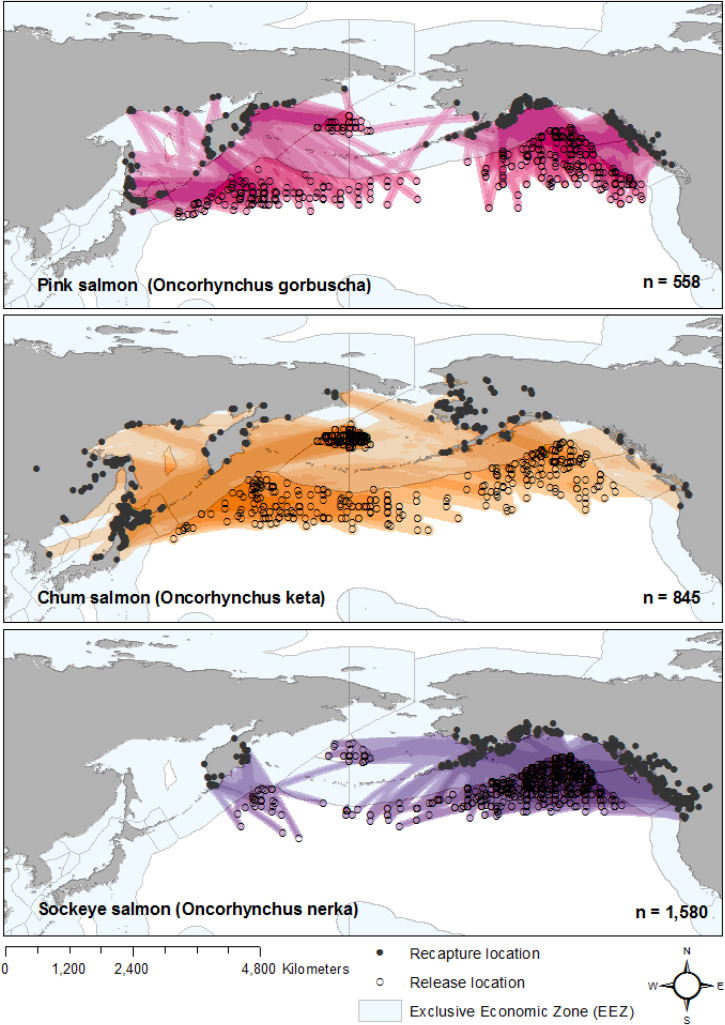
“It’s time for Indigenous Communities to be included in discussions over high seas management,” said Sloat. “Our paper makes clear just how important these migratory species are for Indigenous Communities. When these species are lost, it can impact food security and livelihoods, potentially undermining local resilience and international goals on sustainable development.
“We’ve laid out several pathways for including these communities in the debates over high seas governance, and we argue that outcomes from the UN process will benefit by taking the issue of inclusion seriously.”
